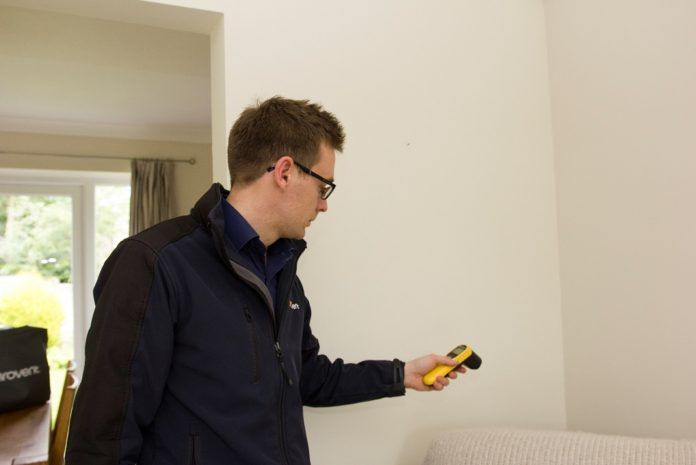
EnviroVent has praised the NICE (National Institute of Health & Care Excellence) draft guidance on reducing indoor air pollution.
The guidance, ‘Indoor Air Quality at Home’, is aimed at audiences including health practitioners, public health professionals, architects, property landlords, housing associations and members of the public.
The guidelines recommend that homes should have adequate ventilation – whether that be through opening windows or via mechanical ventilation or extract fans to kitchen and bathrooms. They also recommend that checks are carried out to ensure that ventilation units are working properly and have not become blocked.
Rebecca McLean, marketing and product director at Envirovent, said: “It is very positive news that the NICE guidance advises using ventilation in homes, wherever possible, to improve indoor air quality. Condensation and mould have become a bigger issue in recent times due to improved insulation and air tightness of properties and, if left unchecked, this can lead to health issues for occupants.”
When it comes to factors that negatively affect indoor air quality, the guidelines recommend the use of low emissions materials to reduce people’s exposure to Volatile Organic Compounds (VOCs), which can be polluting to the indoor atmosphere and harmful to health. They also recommend that landlords and householders identify problems such as mould and damp and action is taken to eradicate them. The guidance identifies that the most effective long-term solution is a ventilation system.
The draft guidance confirms the critical role that ventilation plays in removing pollutants and improving indoor air quality. Households are recommended to increase ventilation by using extractor fans in bathrooms and kitchens when carrying out activities such as cooking, or when using open fires, candles, gas heaters, cleaning products, household sprays, as well as air drying clothes in the home.
The guidelines outline how some people are particularly vulnerable to ill health as a result of exposure to poor indoor air quality, including infants, pregnant women, the disabled and elderly. In addition to this, housing conditions that put people at increased risk of exposure to poor indoor air include living near high levels of outdoor air pollution and overcrowded properties with inadequate ventilation.
Rebecca McLean added: “Homes with poor indoor air quality can be breeding grounds for mould, which can worsen asthma and other respiratory conditions. Research has shown that indoor air can be many times more toxic than the air outside. An effective ventilation system can reduce problems with mould and condensation and the harmful effect of toxins from chemicals in furniture and aerosols used, creating a much healthier living environment.”
Read the full NICE guidance here
